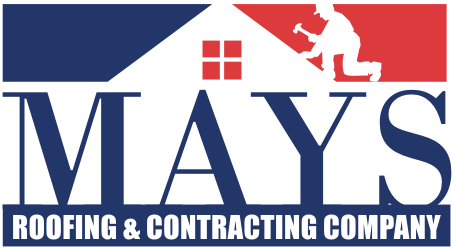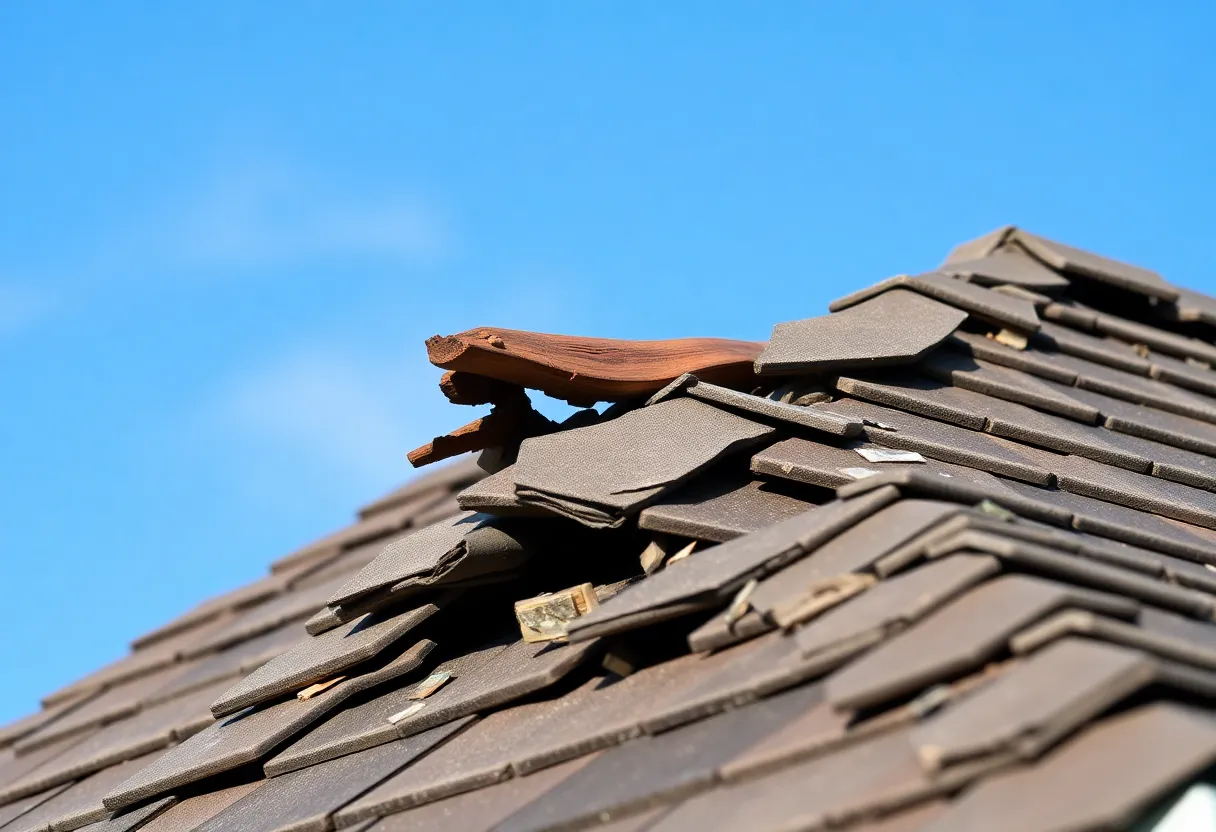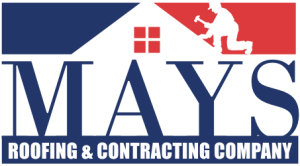How to Determine the Best Time to Replace Your Roof: Key Indicators to Watch For
Your roof is a critical component of your home, offering protection against the elements and maintaining its structural integrity. Understanding when to replace your roof is vital for preserving your home’s value and ensuring safety. In this article, we will explore key indicators that suggest it may be time to replace your roof.
Age of the Roof
The first factor to consider is the age of your roof. Roofing materials have specific lifespans. For example:
- Asphalt shingles: 15-30 years
- Wood shingles: 20-25 years
- Metal roofs: 40-70 years
As your roof approaches the end of its lifespan, it is essential to start considering a replacement. A roof that is nearing the end of its expected duration should be monitored closely for additional warning signs.
Visible Damage
Physical damage is one of the most explicit indicators that your roof may need replacing. This can include:
Missing or Broken Shingles
If you notice several shingles missing or broken, it is a clear sign of wear. Even if the roof is not at the end of its lifespan, losing significant quantities of shingles can jeopardize its integrity.
Cracked or Curling Shingles
Shingles that display cracks or curl at the edges are signs of aging and can lead to leaks. Regularly inspecting your roof for these issues can prevent further damage to your home.
Granule Loss
Examine your gutters and downspouts for granules. If a large accumulation is found, it could indicate that shingles are deteriorating. Loss of granules reduces the shingles’ effectiveness in protecting against UV rays and weather.
Interior Signs of a Problem
Indoor indicators can also signify roofing issues. These signs often suggest that water is entering through your roof:
Water Stains on Ceilings or Walls
Water stains can indicate leaks, which may point toward a compromised roof. Check for discoloration and seek immediate correction if stains appear.
Mold or Mildew Growth
Unexpected mold or mildew inside your home can suggest that moisture is trapped due to roof leaks. Identifying its source is crucial for a safe living environment.
Sagging Roof Structure
A sagging or droopy roof is a serious concern. Such sagging usually indicates structural issues that may require immediate action:
Check for Warping
Inspect the roofline from several angles. Warping may arise from poor installation or rot resulting from persistent water damage. If you detect warping, consider a professional assessment.
High Energy Bills
Unexplained spikes in energy costs can indicate poor insulation or ventilation in your attic, potentially related to your roof’s condition. A failing roof may allow air to escape, making heating and cooling your home more expensive.
Frequency of Repairs
Track the frequency and cost of repairs. If you find yourself making repeated repairs in a short span, it may be more economical to invest in an entirely new roof:
- A roof that consistently requires patch-ups indicates deeper issues.
- Your repair costs could exceed the value of a new roof.
Local Weather Conditions
Your geographical area plays a crucial role in determining the condition of your roof:
Weather Pattern Considerations
Areas prone to severe weather events such as hail, strong winds, and heavy snowfall can accelerate roof damage. If your region experiences frequent storms, pay careful attention to your roof’s condition.
Professional Roofer Inspection
Engaging a professional for a roof inspection can provide an expert opinion on the state of your roof:
- Professionals can recognize subtle signs of damage.
- Consider having an annual inspection or after any major weather event.
Roof Material Considerations
Different materials respond differently over time. Understanding these variations can help with decision-making:
Asphalt Shingles
Generally require replacement at 20 years. Regular inspections can help determine specific wear and tear.
Wood Shakes
Their lifespan can decrease significantly if not maintained properly, especially in wet climates.
Metal Roofing
Though more durable, check for corrosion or damage around seams and fasteners. Metal roofs can last up to 70 years if cared for properly.
Final Thoughts
Determining the right time to replace your roof is crucial for long-term damages and financial savings. Watch for these signs:
- Age and condition of the roofing material
- Visible damage and signs of leaks
- Frequent repairs with mounting costs
- Environmental considerations and professional assessments
Being proactive in assessing your roof can lead to timely replacements that save on repair costs and preserve your home’s value.
Conclusion
In summary, replacing your roof involves understanding its age, monitoring for damage, and being aware of signs both inside and outside your home. Assessing these indicators ensures your home remains safe and protected for years to come.





 Mays Contracting
Mays Contracting


